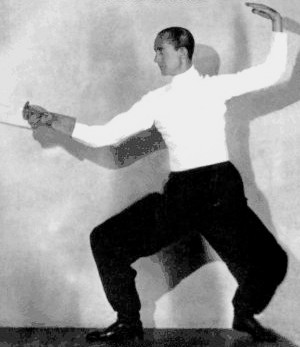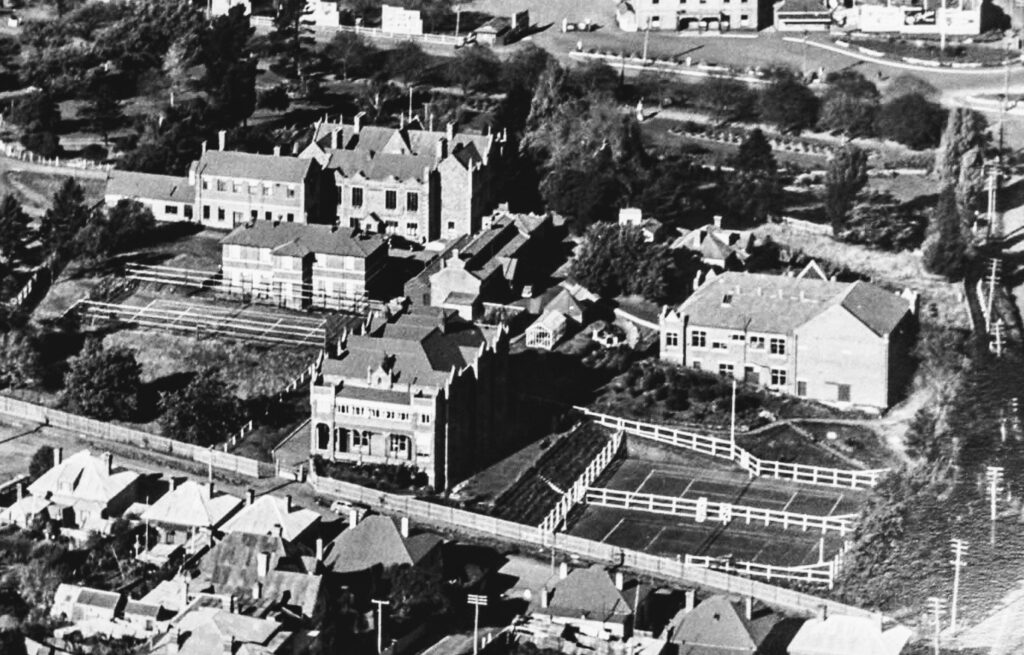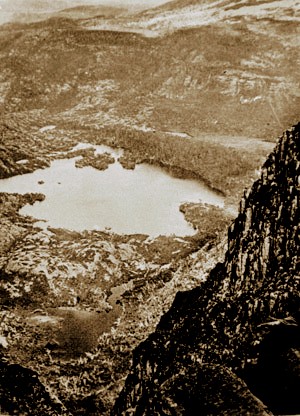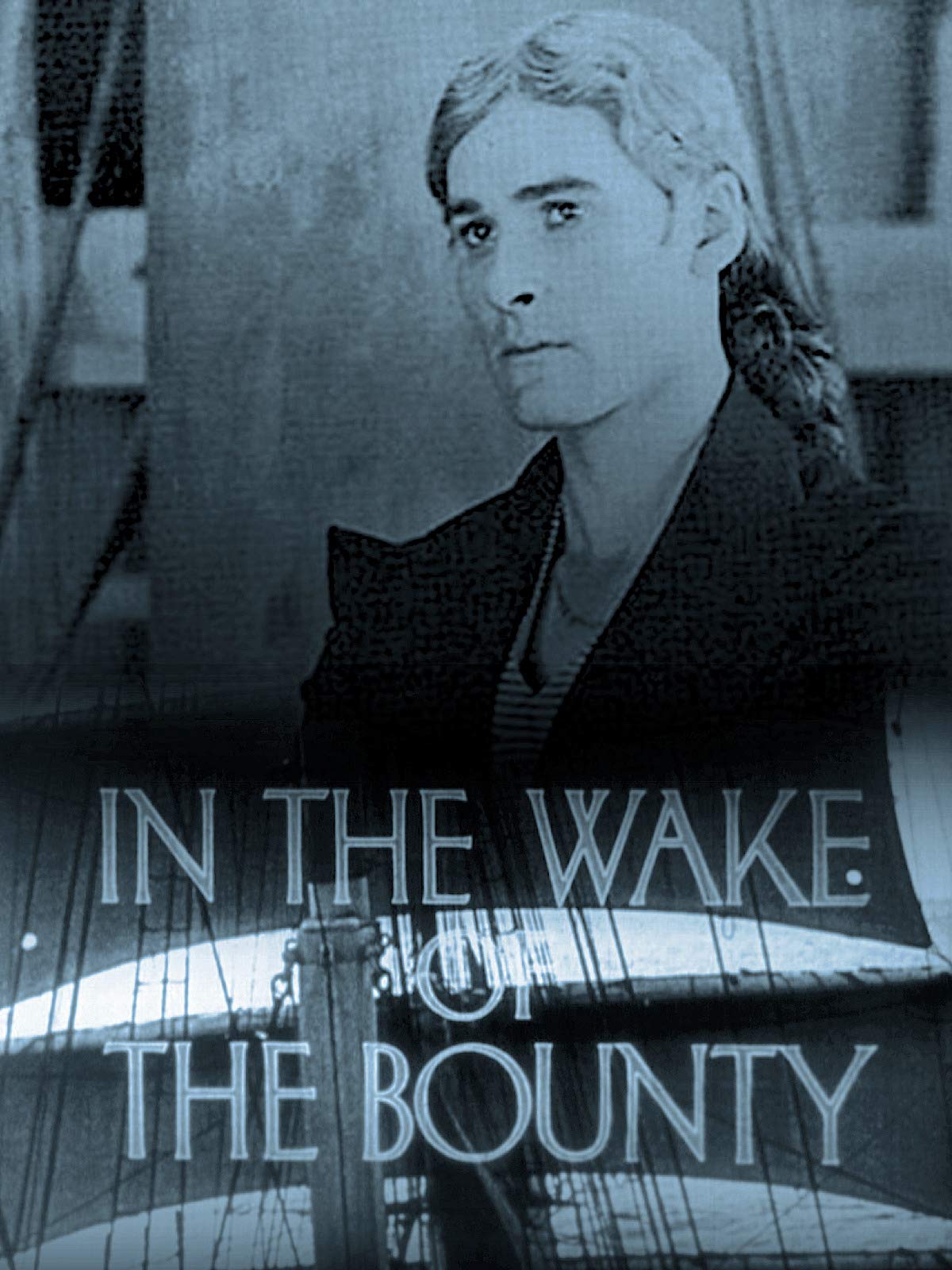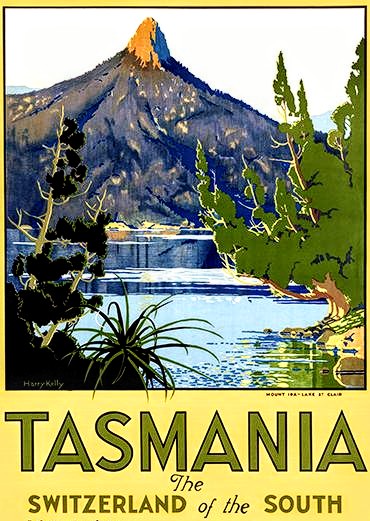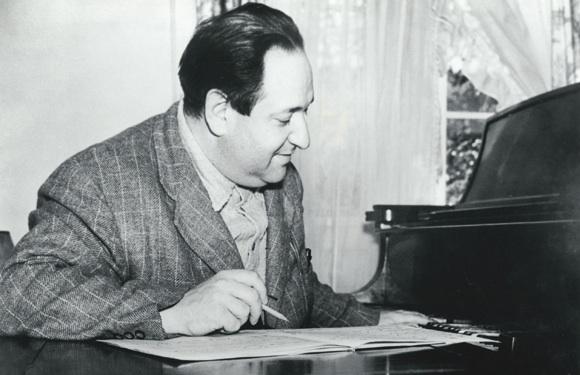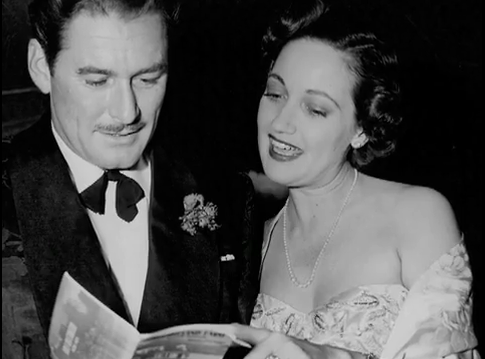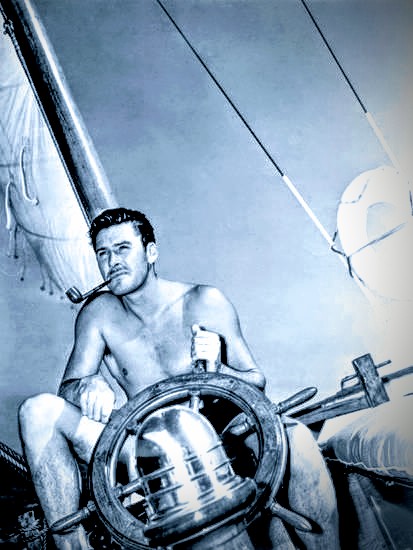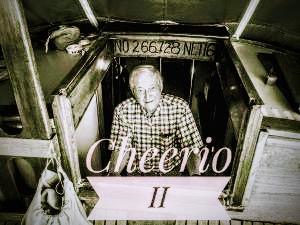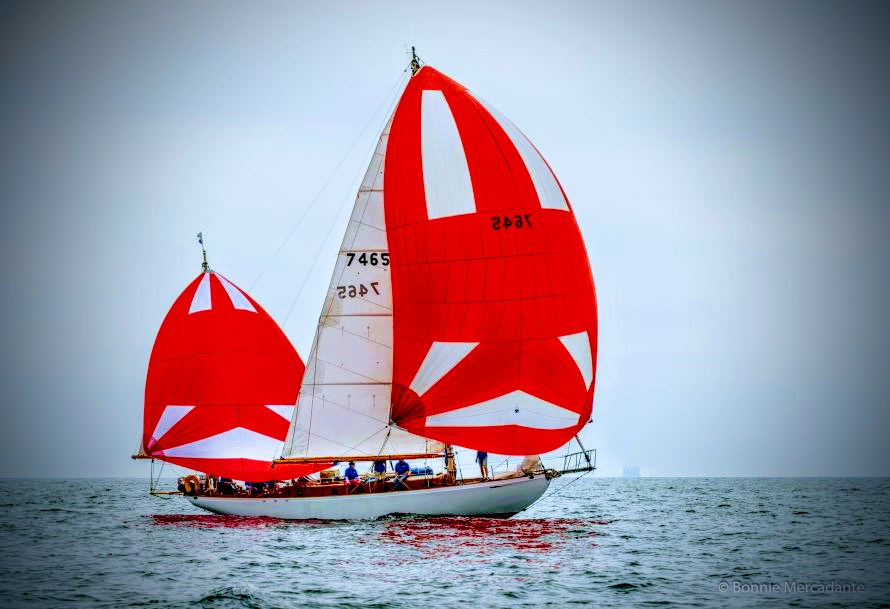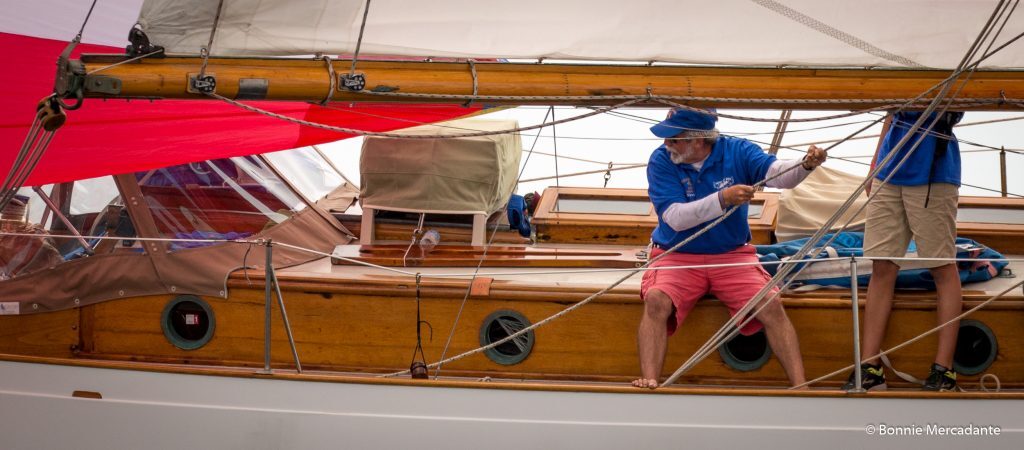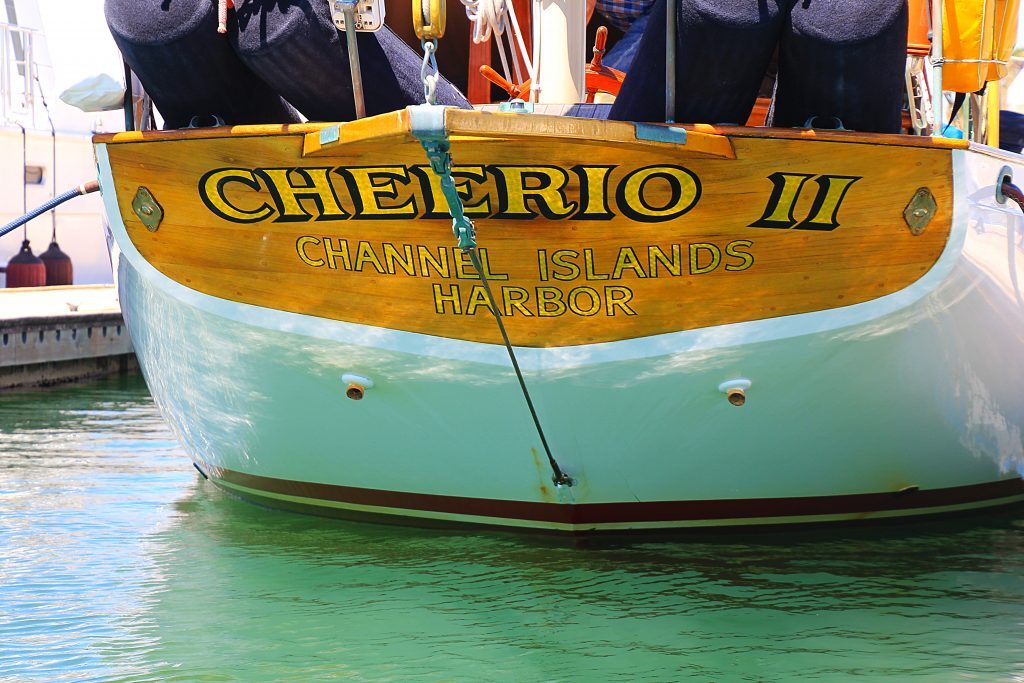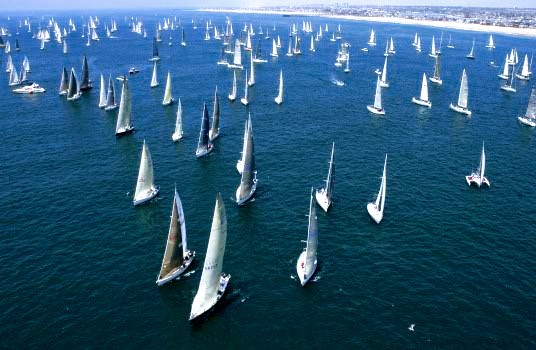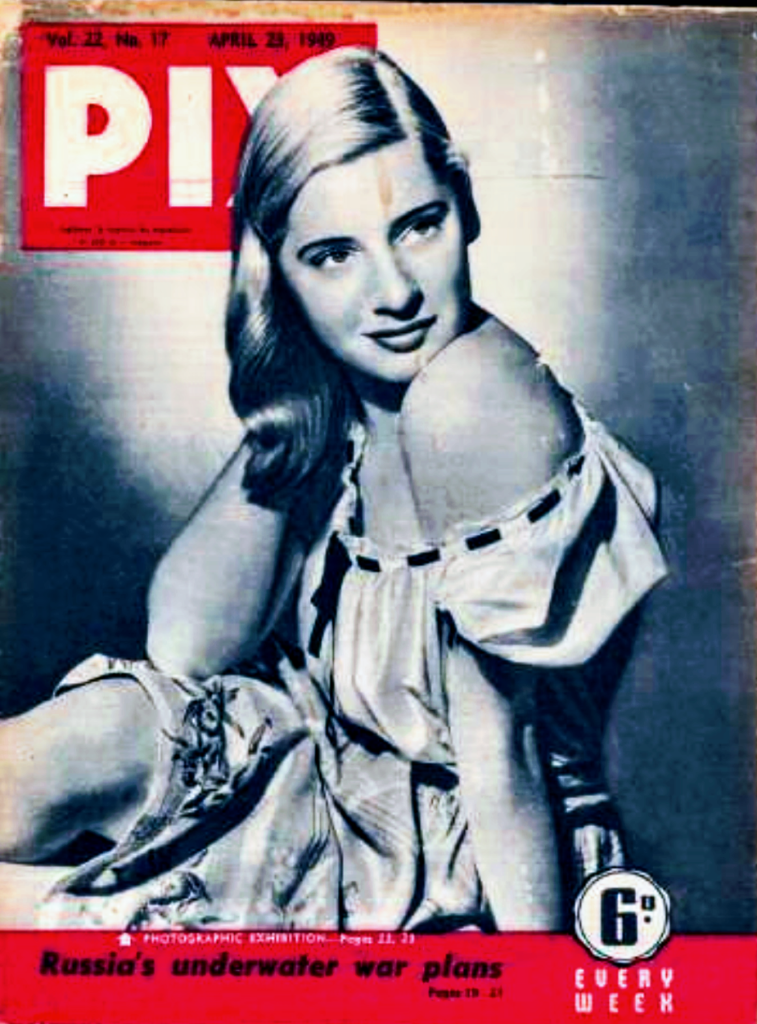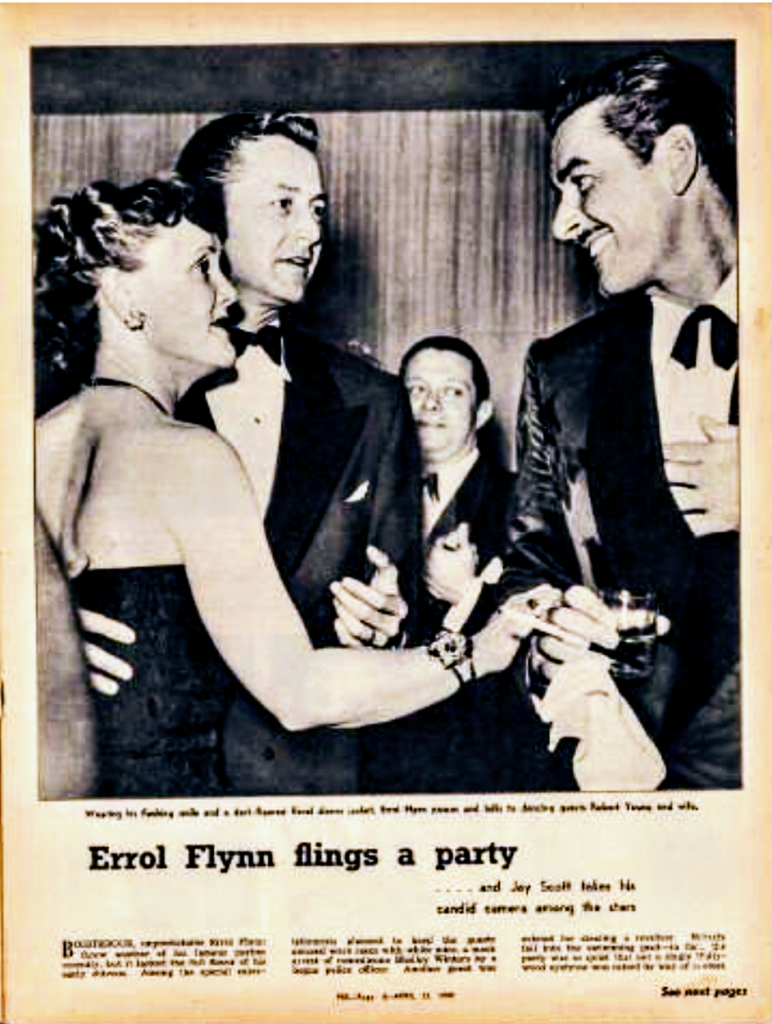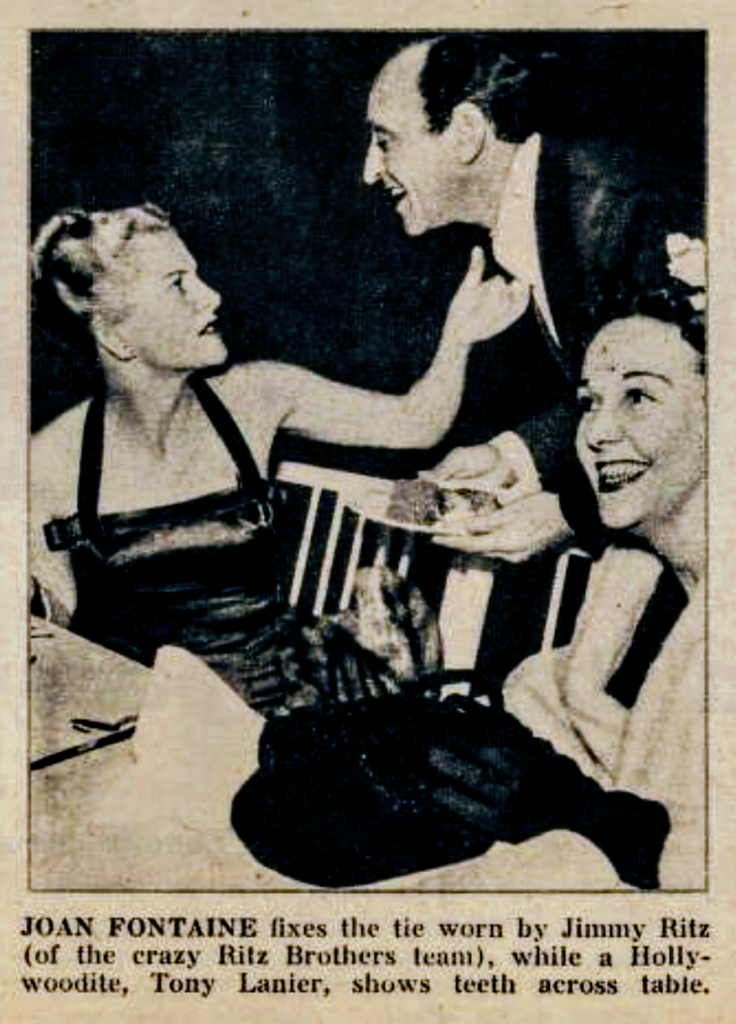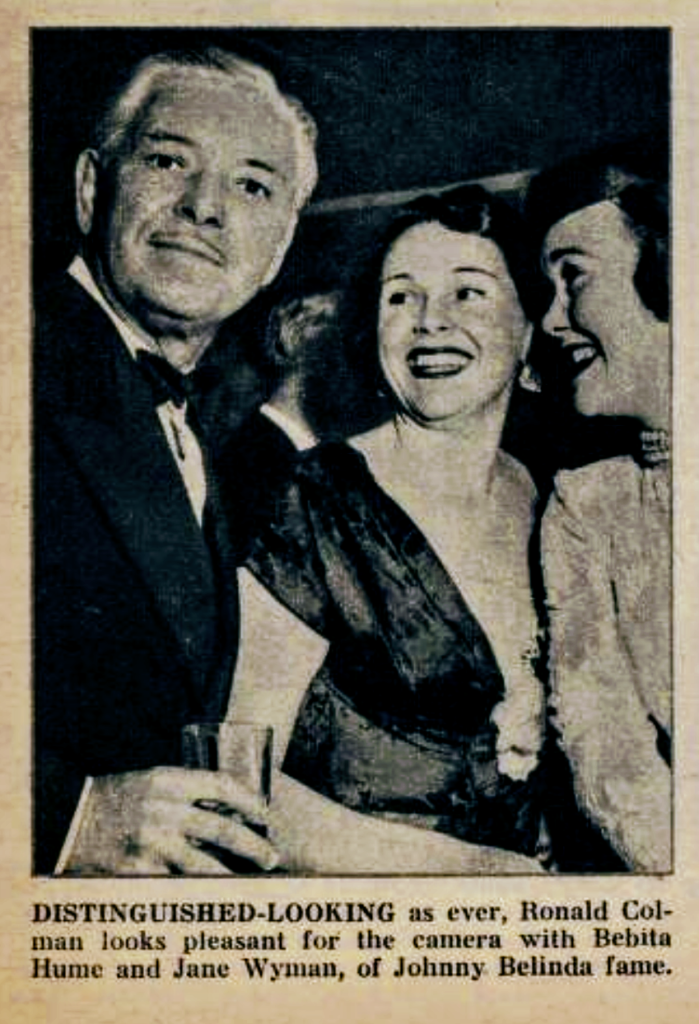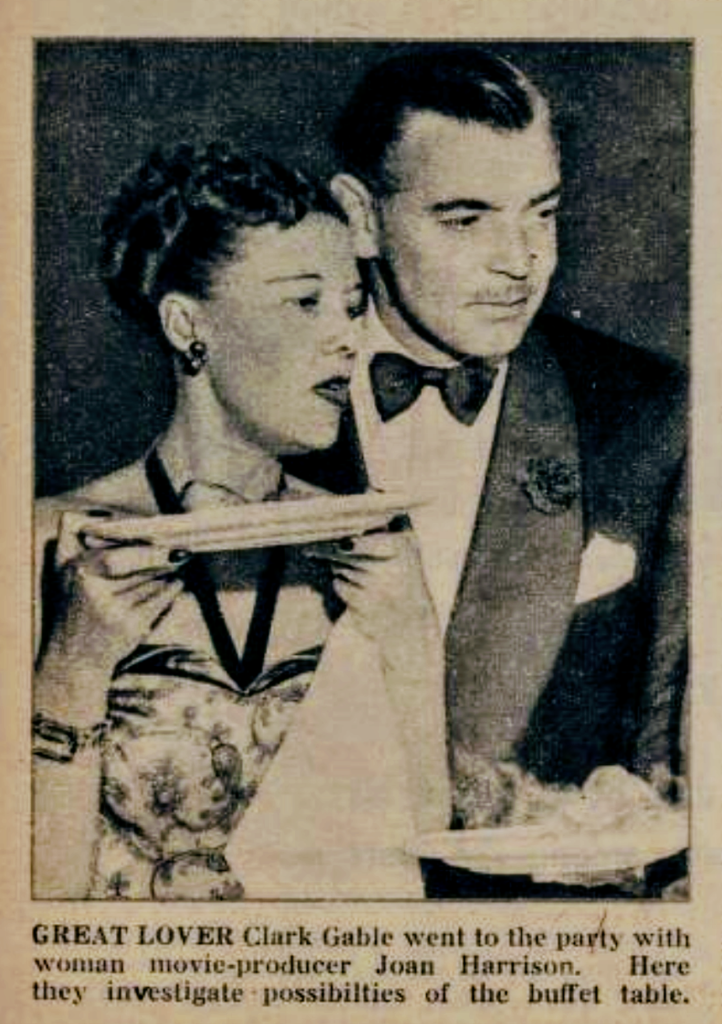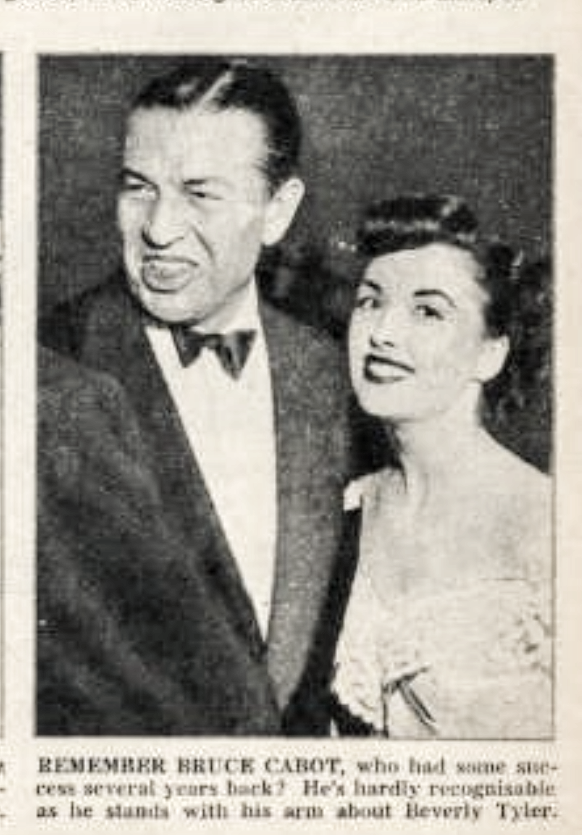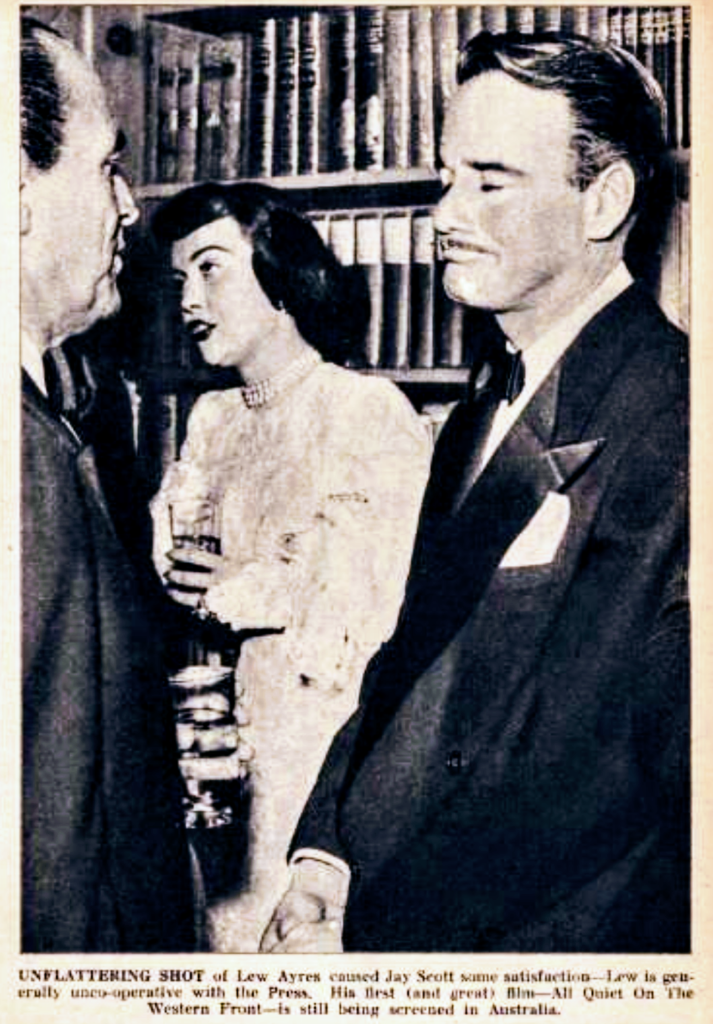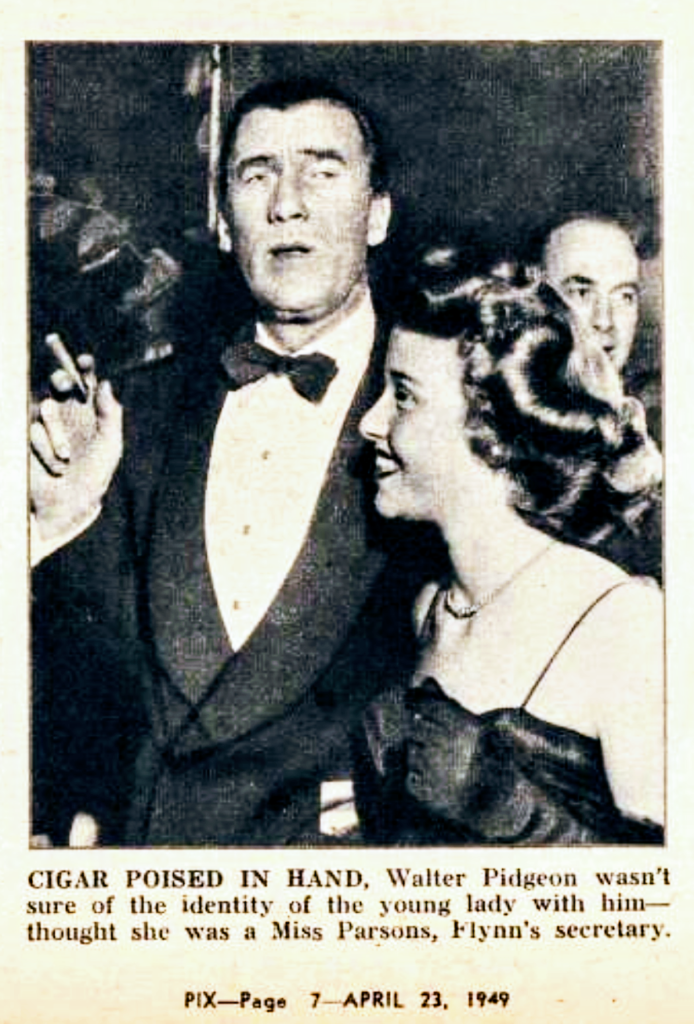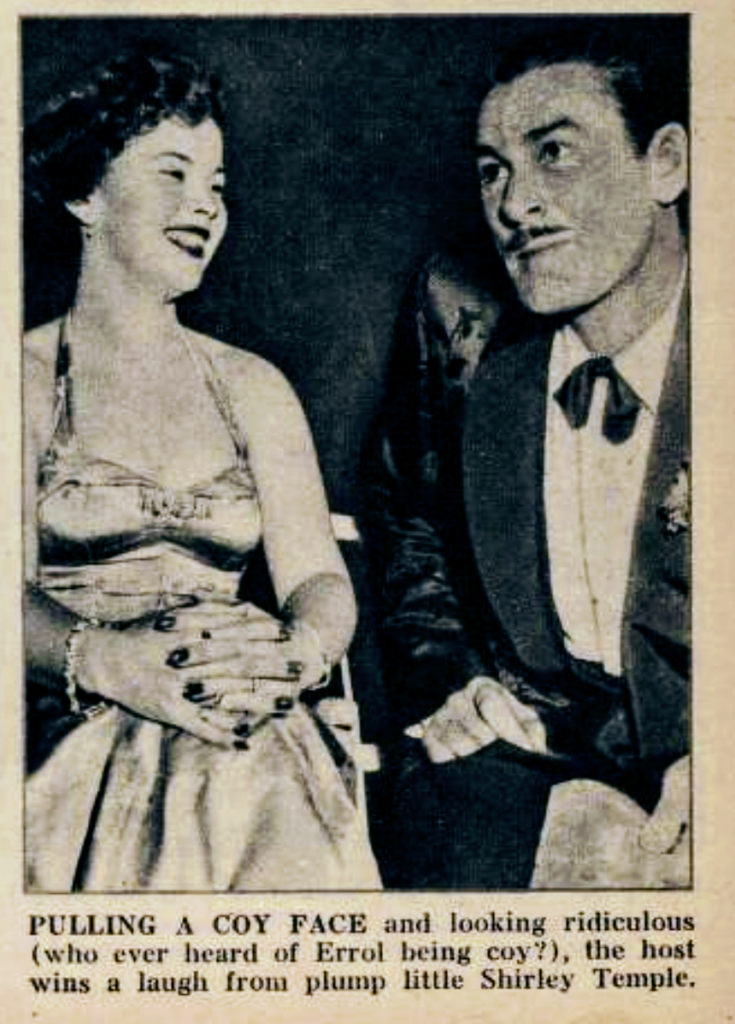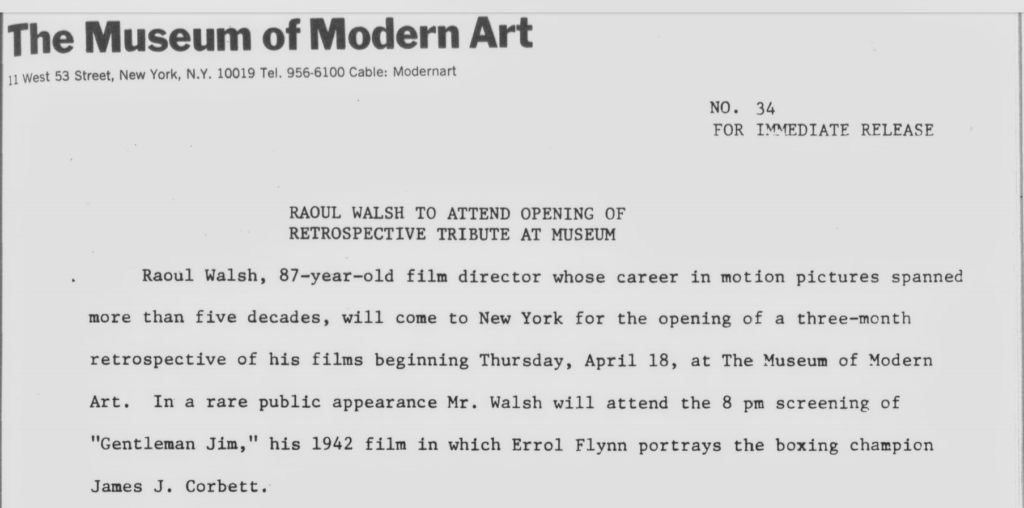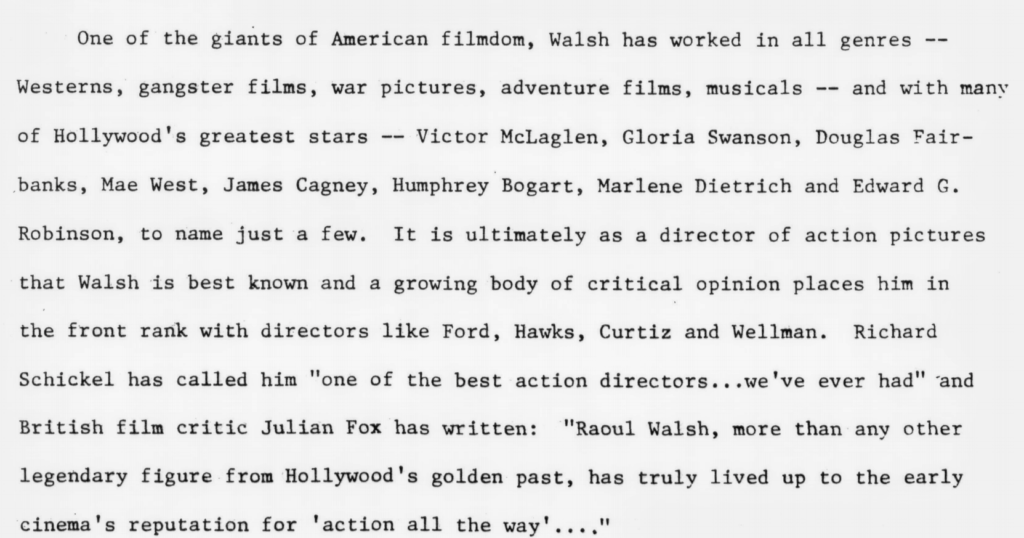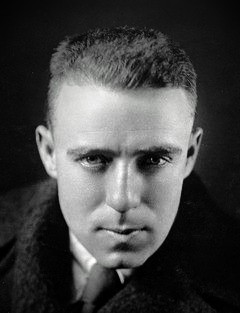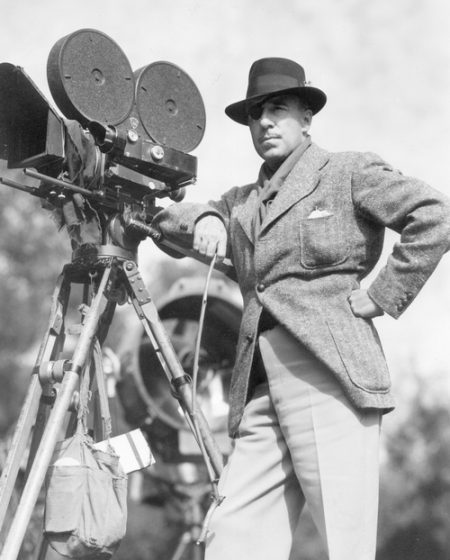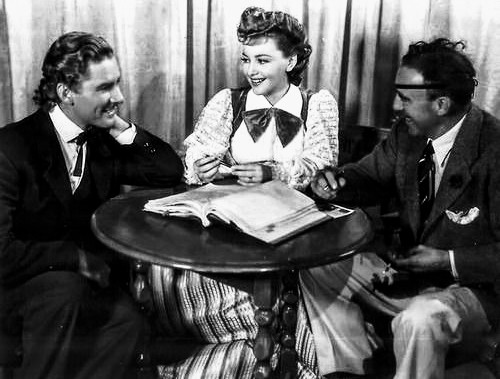“April 25, 2008
Coming soon: Errol Flynn and the Sword of Fate
“The Amazing True Origins of Hollywood’s Swashbuckling Legend”
“This new book by Bob Casey, a founder of the Errol Flynn Society of Tasmania, puts paid to many scandalous myths about history’s greatest Hollywood swashbuckler — and raises some interesting questions about his ancestry.”
“Casey says ‘Earl Conrad’s book Errol Flynn: A Memoir (1978) gives some valuable insights into the actor’s life but like Flynn’s autobiography, My Wicked, Wicked Ways it is not always reliable.”
‘It is not surprising that Flynn’s recollections were clouded. By 1959, his memory was notoriously bad—not helped by years of hard drinking. Many believe he was a compulsive liar; at the very least, he firmly believed the truth should never get in the way of a good story.’
“So was Flynn a direct descendant of Midshipman Edward Young of HMS Bounty, as he and many others have claimed?”
“One possible bloodline involves one of Midshipman Young’s sons faking his death and spending time with the sexy young Queen of Tahiti. It’s a fascinating story, worthy of an Errol Flynn movie.”
“Due for release in June to mark the 99th anniversary of Flynn’s birth, the full-colour book has plenty of entertaining asides about Flynn’s turbulent life and times.”
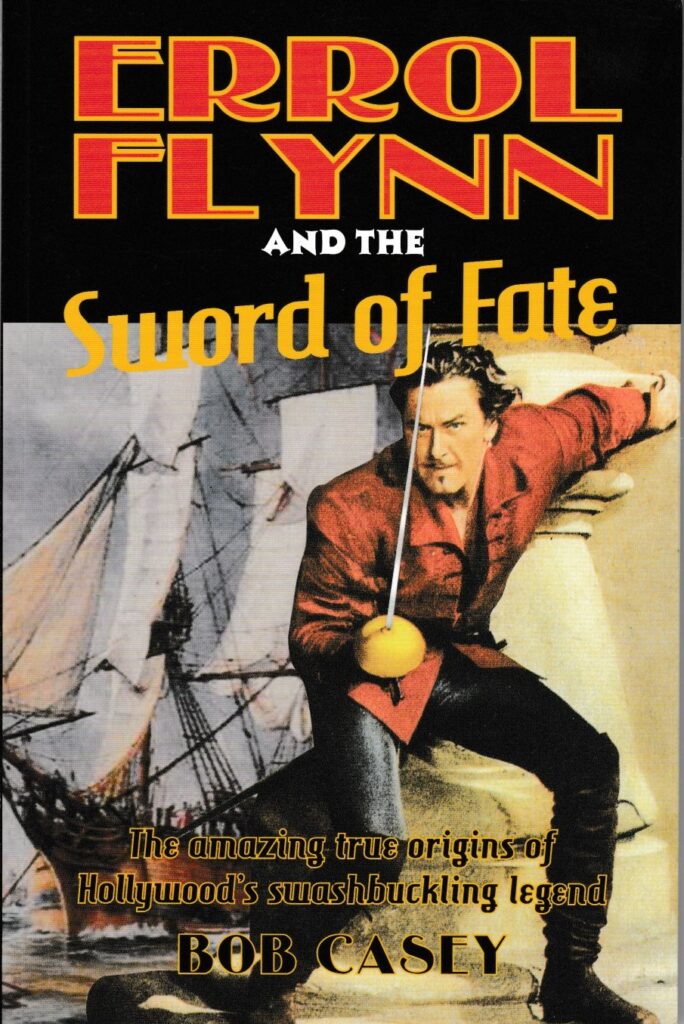
_______
July 1, 2008
“Out now! Get yours here”
“Errol Flynn and the Sword of Fate is now available. At more than 130 pages with more than 130 illustrations — and a special Errol Flynn tour of Hobart, his home town — it’s the brightest book yet published about Tasmania’s most famous son.”
“Read about his mysterious ancestry, his colourful parents and his mischievous youth before he embarked on a life that became a legend both on and off the screen — and a family connection with the dramatic mutiny on the Bounty.”
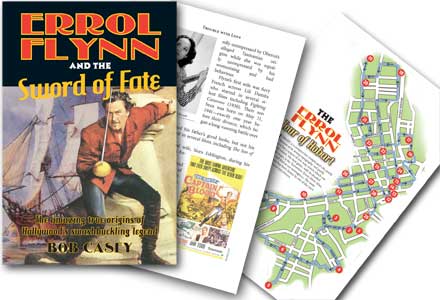
— Tim
